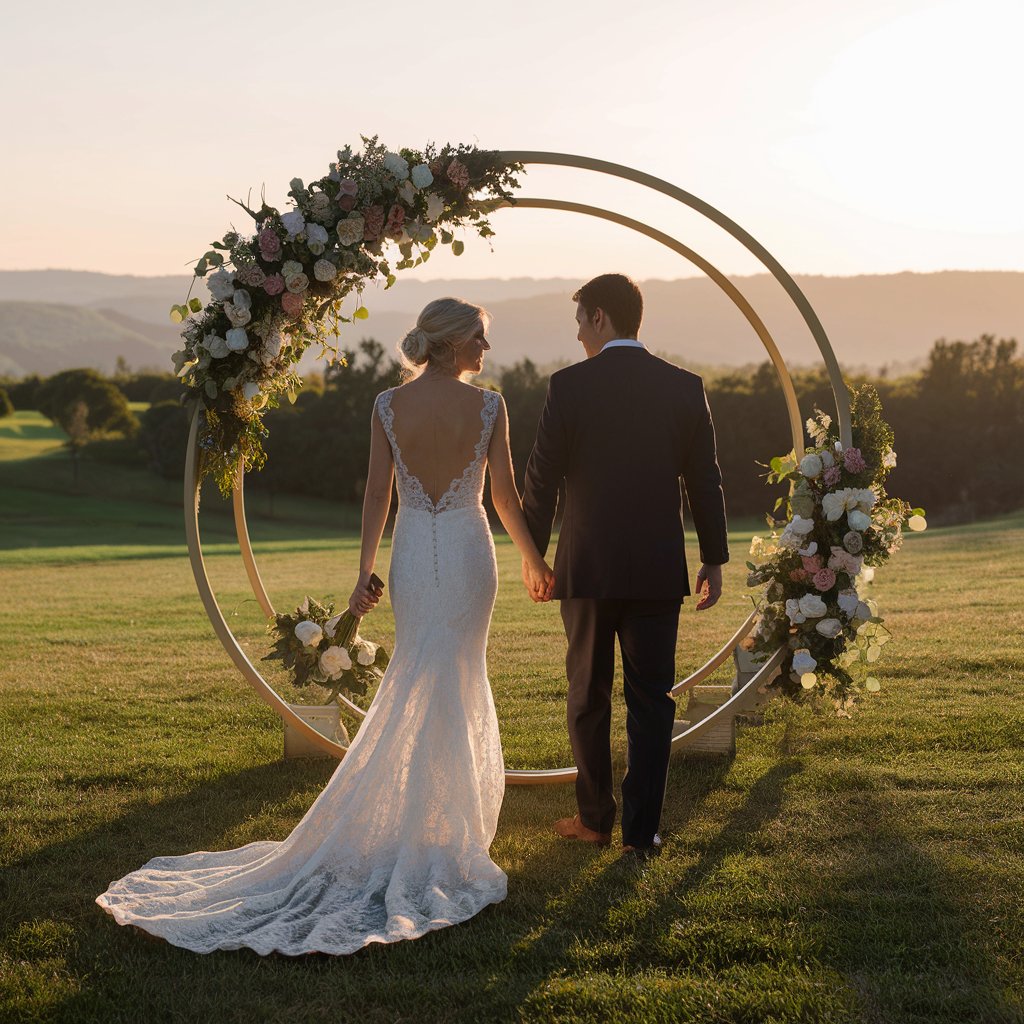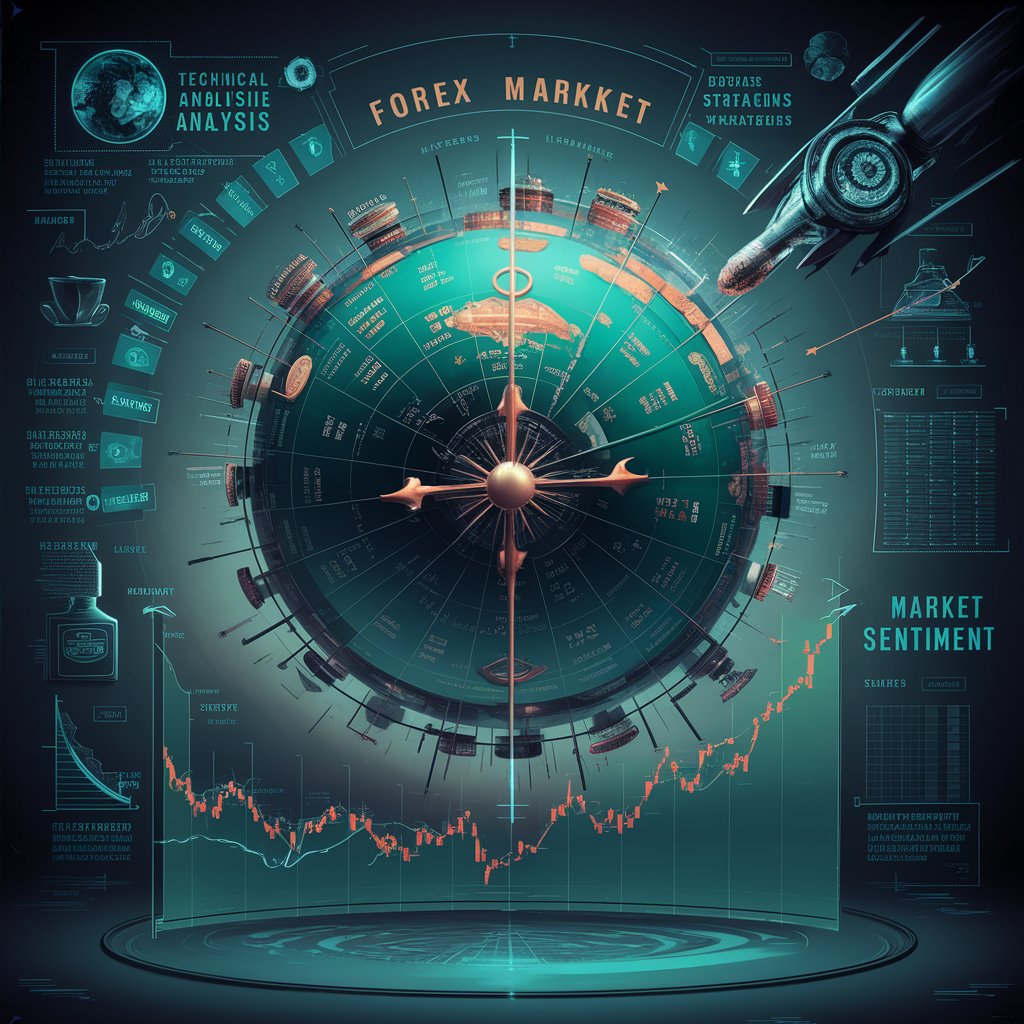The Evolution of Wedding Videography from Full HD to 4K and Beyond to 8K
Wedding videography has undergone a remarkable transformation over the past few decades, driven by advancements in technology and the increasing demand for high-quality visual storytelling. From the early days of grainy VHS tapes to the era of cinematic Full HD, and now progressing towards stunning 4K and beyond to 8K resolution, the evolution of wedding videography has revolutionized how couples capture and relive their special day. This article explores the journey of wedding videography, the impact of technology on visual quality, the rise of 4K and 8K resolution, and the future trends shaping the industry.
The Early Days: VHS to Standard Definition
In the early days of wedding videography, capturing moments meant relying on bulky VHS camcorders and standard definition (SD) video tapes. The quality was often characterized by low resolution, limited color depth, and inherent technical constraints. Despite these limitations, wedding videographers played a crucial role in documenting ceremonies and creating cherished memories for couples.
Challenges and Limitations
- Resolution and Clarity: VHS tapes offered limited resolution, resulting in grainy footage with visible artifacts.
- Technical Constraints: Camcorders were bulky and lacked the flexibility of modern digital cameras, making it challenging to capture dynamic shots and cinematic visuals.
- Editing and Post-Production: Editing options were basic, with limited capabilities for color correction, special effects, and audio enhancements.
Transition to Digital: Rise of Full HD
The advent of digital technology revolutionized wedding videography, ushering in the era of Full HD (1080p) resolution and digital video formats. Digital camcorders and professional-grade DSLR cameras empowered videographers to capture sharper images, vibrant colors, and cinematic footage with enhanced clarity and detail. This shift marked a significant leap forward in visual quality and storytelling capabilities.
Key Advancements
- Digital Cameras: Compact digital cameras and DSLRs offered superior image sensors, autofocus systems, and low-light performance, enabling videographers to achieve cinematic depth of field and visual aesthetics.
- Editing Software: Powerful editing software such as Adobe Premiere Pro, Final Cut Pro, and Avid Media Composer provided advanced tools for video editing, color grading, and special effects.
- Distribution Platforms: The rise of online video-sharing platforms (e.g., YouTube, Vimeo) allowed videographers to showcase their work globally, reaching a wider audience and gaining recognition for their creative prowess.

The Era of 4K Resolution: Enhanced Detail and Immersion
As consumer demand for higher visual fidelity grew, wedding videography embraced 4K resolution (2160p), offering four times the resolution of Full HD. 4K video footage captured intricate details, vibrant colors, and immersive cinematic experiences, elevating wedding videos to new heights of visual sophistication.
Advantages of 4K Resolution
- Image Quality: 4K resolution provided sharper details, richer colors, and enhanced image clarity, making wedding videos appear more lifelike and immersive.
- Flexible Editing: Higher resolution footage allowed for greater flexibility in post-production, enabling videographers to crop, zoom, and reframe shots without sacrificing image quality.
- Future-Proofing: 4K resolution future-proofed wedding videos, ensuring compatibility with emerging display technologies and preserving memories in stunning visual fidelity for years to come.
Pushing Boundaries: Beyond 4K to 8K Resolution
As technology continues to evolve, wedding videography is now pushing beyond 4K to embrace 8K resolution (4320p), setting new benchmarks for visual excellence and immersive storytelling. 8K resolution offers unparalleled clarity, realism, and detail, creating an ultra-high-definition viewing experience that captivates audiences and preserves wedding memories with unprecedented precision.
Benefits of 8K Resolution
- Unmatched Detail: 8K resolution captures minute details and textures with exceptional clarity, ensuring every moment of the wedding day is captured in exquisite detail.
- Visual Impact: The sheer resolution of 8K video enhances the visual impact of wedding videos, creating a cinematic experience that transports viewers into the heart of the celebration.
- Future Readiness: 8K resolution anticipates advancements in display technology and consumer expectations, ensuring wedding videos remain relevant and visually stunning in the years ahead.
Technological Enablers: Cameras and Equipment
1. High-Resolution Cameras
Modern digital cameras and camcorders equipped with advanced sensors, image processors, and optical stabilization systems are instrumental in capturing high-resolution wedding videos. Brands like Sony, Canon, Nikon, and Panasonic offer professional-grade cameras capable of recording in 4K and 8K resolutions, catering to the evolving needs of wedding videographers.
2. Cinematic Lenses
The choice of lenses plays a crucial role in achieving cinematic aesthetics and visual storytelling in wedding videography. Wide-angle lenses capture sweeping landscapes and venue settings, while prime lenses and telephoto lenses offer versatility in capturing intimate moments and emotional exchanges with clarity and depth.
3. Stabilization Technology
Incorporation of advanced stabilization technologies such as optical image stabilization (OIS), electronic image stabilization (EIS), and gimbal systems ensures smooth and steady footage, eliminating camera shake and enhancing the cinematic quality of wedding videos.
Artistry and Creative Vision
Beyond technological advancements, wedding videography thrives on the artistry and creative vision of talented professionals who strive to capture the essence of love, emotion, and storytelling. Skilled videographers employ cinematic techniques such as composition, lighting, framing, and motion to craft narrative-driven wedding films that resonate with couples and viewers alike.
Storytelling Approach
- Narrative Structure: Wedding films adopt a narrative structure, weaving together moments of preparation, ceremony, and celebration into a cohesive and emotionally compelling storyline.
- Emotional Impact: Visual storytelling emphasizes emotional moments, candid interactions, and heartfelt exchanges between couples, families, and guests, creating a timeless keepsake that captures the essence of the wedding day.
Industry Trends and Innovations
1. Drone Videography
The integration of drone technology has revolutionized aerial cinematography in wedding videography, offering breathtaking aerial perspectives, sweeping panoramas, and dynamic camera movements that enhance visual storytelling and capture unique vantage points of wedding venues and outdoor settings.
2. Virtual Reality (VR) and 360-Degree Video
Emerging trends in VR and 360-degree video technologies enable immersive wedding experiences, allowing couples and guests to relive cherished moments in a fully immersive virtual environment. VR headsets and 360-degree video platforms provide interactive viewing experiences that transport viewers into the heart of the celebration, enhancing engagement and emotional connection.
3. Live Streaming and Digital Delivery
In response to global events and changing consumer preferences, live streaming services and digital delivery platforms have become integral to wedding videography. Live streaming allows couples to share their wedding ceremonies and celebrations in real-time with remote guests, ensuring inclusivity and participation regardless of geographical boundaries.
Challenges and Considerations
1. File Size and Storage
High-resolution video files, particularly 4K and 8K footage, require substantial storage capacity and bandwidth for editing, archiving, and distribution. Videographers must invest in reliable storage solutions, backup strategies, and high-speed internet connections to manage and deliver large video files efficiently.
2. Editing and Post-Production Workflow
Editing 4K and 8K video footage demands robust hardware, powerful editing software, and efficient post-production workflows to maintain productivity and meet client expectations for visual quality and turnaround times. Videographers may utilize proxy editing, GPU acceleration, and cloud-based collaboration tools to streamline editing processes and optimize workflow efficiency.
3. Compatibility and Display Technology
The adoption of 4K and 8K resolution necessitates compatibility with compatible display technologies, including Ultra HD (UHD) TVs, HDR (High Dynamic Range) monitors, and professional-grade color grading monitors. Videographers should calibrate their editing environment and ensure color accuracy to achieve consistent and visually stunning results across different viewing platforms.
Future Outlook: Embracing Innovation and Creativity
Looking ahead, the future of wedding videography is poised for continued innovation, creativity, and technological advancement. As consumer expectations evolve and technological capabilities expand, wedding videographers will continue to push the boundaries of visual storytelling, embracing new technologies such as AI-driven editing tools, real-time visual effects, and interactive media formats to create memorable and immersive wedding experiences.
Sustainability and Eco-Friendly Practices
Incorporating sustainable practices and eco-friendly solutions into wedding videography operations, such as energy-efficient equipment, digital delivery options, and environmentally responsible production practices, will support environmental stewardship and minimize ecological impact.
Diversity and Inclusion
Promoting diversity and inclusion within the wedding videography industry by celebrating cultural traditions, diverse love stories, and inclusive representations of couples and families from diverse backgrounds will foster a more inclusive and equitable industry landscape.
Conclusion: Celebrating Milestones and Memories
In conclusion, the evolution of wedding videography from Full HD to 4K and beyond to 8K resolution represents a journey of technological innovation, artistic expression, and storytelling excellence. From the early days of VHS tapes to the era of cinematic 8K video, wedding videographers have embraced advancements in digital technology, camera equipment, and editing techniques to capture and preserve cherished moments with unprecedented clarity, detail, and emotional resonance.
As wedding videography continues to evolve, driven by creativity, technological innovation, and a passion for storytelling, couples can expect immersive, visually stunning wedding films that transcend traditional boundaries and capture the essence of their love, celebration, and milestone moments in breathtaking detail. Whether documenting intimate elopements, lavish destination weddings, or cultural ceremonies, wedding videographers play a pivotal role in crafting narrative-driven films that celebrate love, evoke emotion, and preserve memories for generations to come.
Through the lens











Leave a Reply